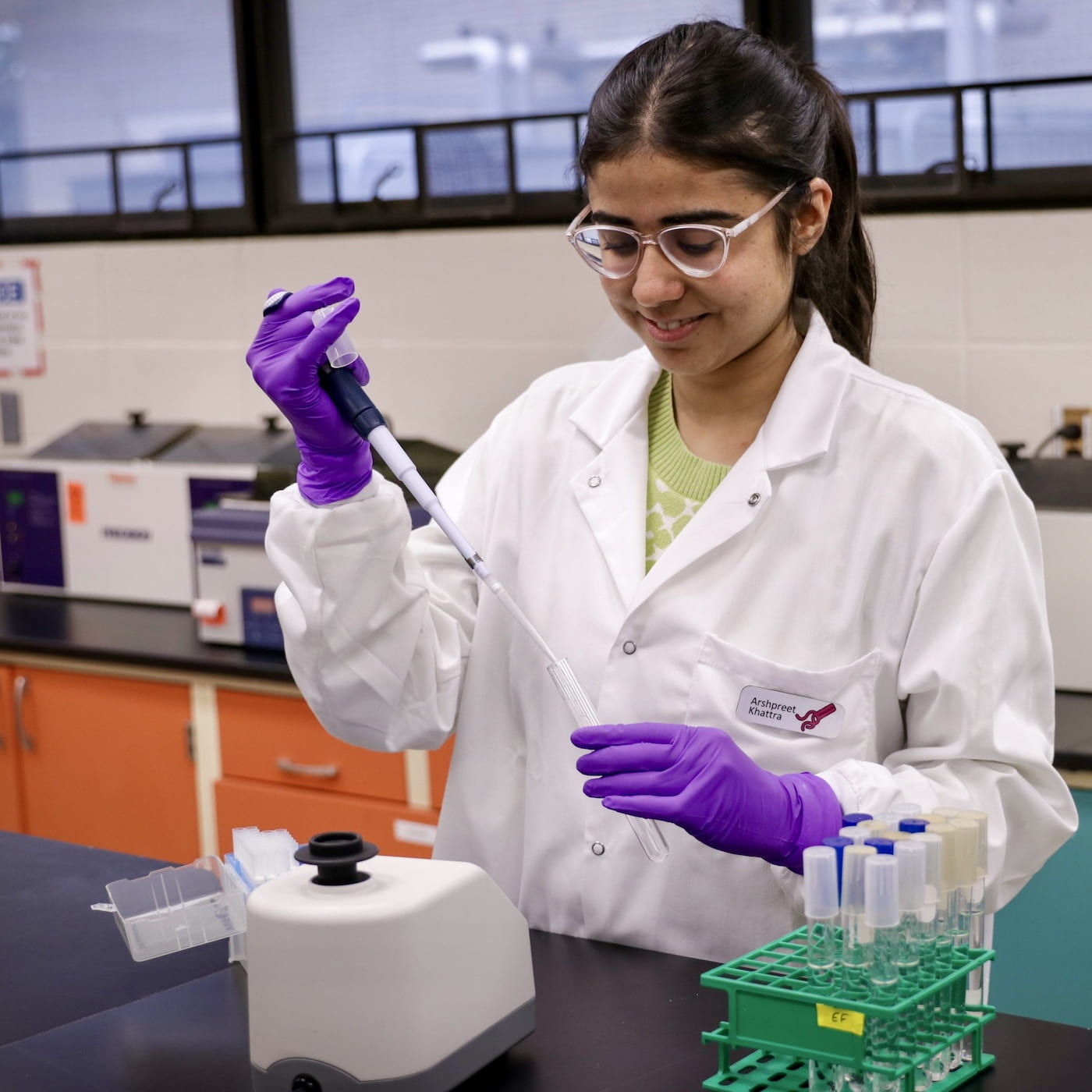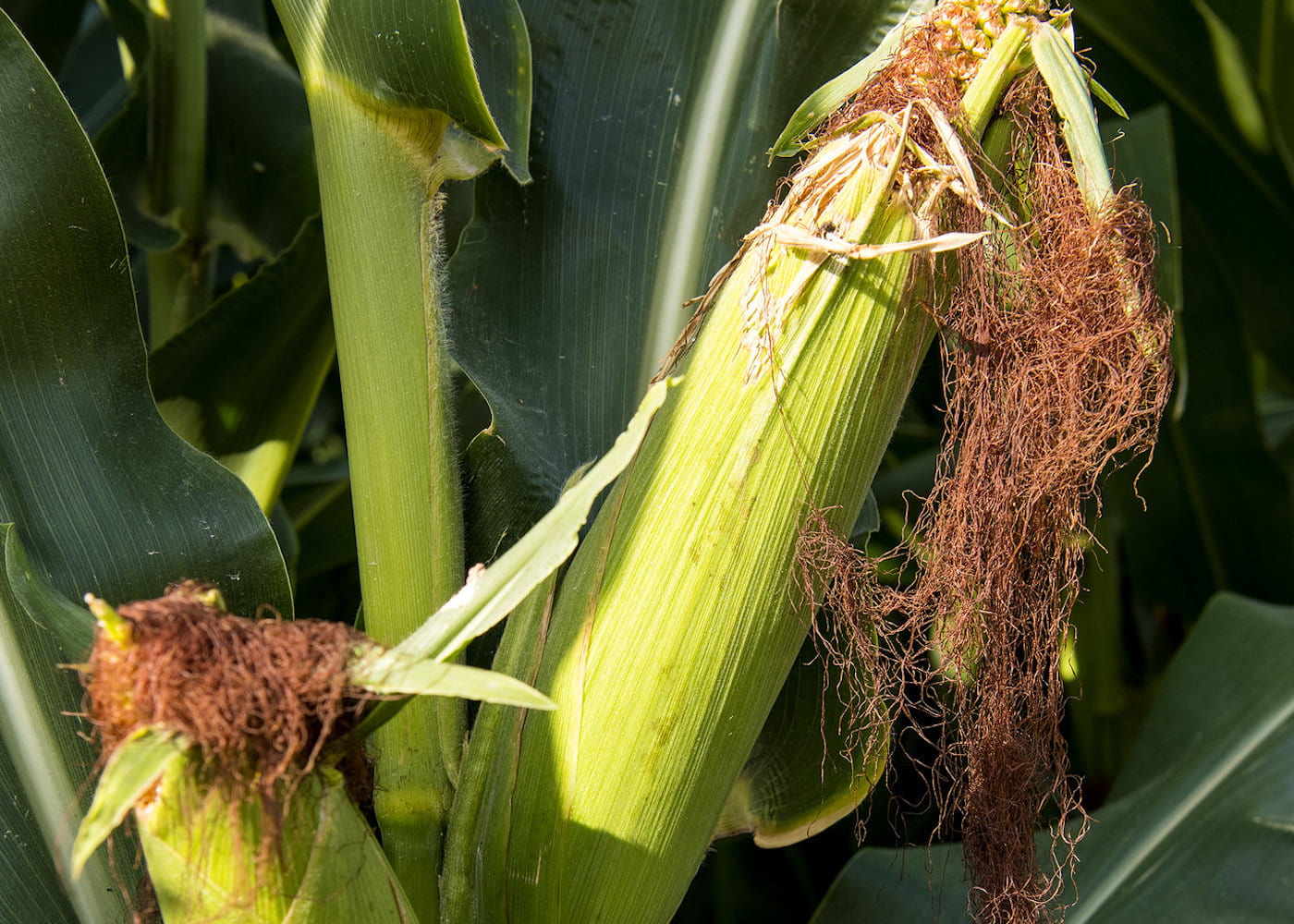A Novel Approach to Ensuring Food Safety While Preserving More Quality

Food processors use heat to kill pathogens like salmonella and listeria, but high temperatures can degrade food quality. To ensure food safety, the industry sometimes relies on overly stringent standards that unnecessarily reduce food quality. Scientists with the Arkansas Agricultural Experiment Station developed a new framework for food processors that guarantees food safety while retaining the most vitamins, minerals and flavor in the food.
The Problem
Food quality, which includes flavor and nutrient content, is diminished when exposed to heat by food processors for pasteurization and sanitation. Over the years, due to foodborne pathogen outbreaks, food processors have begun to apply more heat than is always necessary to kill pathogens. While this assures a high level of food safety, flavor and nutrients may be degraded due to severe thermal processing.
The Work
Focusing on low-moisture food products like powdered milk, Jennifer Acuff, food microbiology and safety researcher, and her team performed a study seeking a method that guarantees food safety while retaining the most vitamins, minerals and flavor depending on the food.
As a food science graduate student in the Dale Bumpers College of Agricultural, Food and Life Sciences, Arshpreet Khattra examined data collected in a 2021 study evaluating Enterococcus faecium as a surrogate for salmonella in milk powders at different storage times and temperatures. Jeyam Subbiah, professor of food science and a researcher with the Arkansas Agricultural Experiment Station, was a co-author of the 2021 base study led by Xinyao Wei when they were at the University of Nebraska-Lincoln.
With a statistical technique called “bootstrapping,” scientists can deal with uncertainty in experimental data by generating many samples instead of assuming a specific distribution. For the study, the scientists employed “bootstrapping” to randomly pick data points from the original study on surrogate microorganisms to give them a good idea of how much food pathogen survival may vary due chance.
The Results
The study offers “a methodology to pick a value between the most liberal and most conservative food processing approaches based on risk tolerances,” Subbiah said.
From the estimate of kill ratio distribution, the final kill ratio can be calculated on a sliding scale of risk. In a hypothetical example, to have a 1 percent risk level, a processor may want a 9-log reduction of the surrogate, which is a 99.9999999 percent reduction. A 5 percent risk level would call for an 8-log reduction, and a 10 percent risk would call for a 6.5-log decrease of the surrogate to be equivalent to a 12-log reduction of the pathogen. A 12-log reduction is typically called sterilization, and a 4- to 5-log reduction qualifies as pasteurization.
The Value
The method strikes a balance between killing harmful bacteria and preserving quality. The framework is not limited to low-moisture foods and may extend to other foods and processes.
The industry can use this methodology to pick a value of log cycle reduction and petition the FDA for approval. Employment of the framework could save food processors energy costs by applying less heat to foods to retain quality, while still ensuring food safety by achieving a satisfactory pathogens kill ratio. The benefit to consumers could mean lower costs and improved food quality.
Read the Research
Bootstrapping for Estimating the Conservative Kill Ratio of the Surrogate to the Pathogen for Use in Thermal Process Validation at the Industrial Scale
Journal of Food Protection
Volume 87, Issue 5 (2024)
https://doi.org/10.1016/j.jfp.2024.100264
Supported in part by
The U.S. Department of Agriculture’s National Institute of Food and Agriculture (Award No. 2015-68003-23415) and Mars Wrigley, Inc.
About the Researchers
Jennifer Acuff
Assistant Professor in Food Microbiology and Safety
Ph.D. in Food Microbiology, Virginia Tech
M.S. in Food Microbiology, Kansas State University
B.S. in Biology, Abilene Christian University
Jeyam Subbiah
Professor of food science
Ph.D. in Biosystems Engineering, Oklahoma State University
M.S. in Biosystems Engineering, University of Manitoba, Canada
Arshpreet Khattra
Ph.D. student at Michigan State University as of 2024
M.S. in Food Science, University of Arkansas
Other Collaborators
Other co-authors of the study included Kevin Thompson and Andy Mauromoustakos with the University of Arkansas System Division of Agriculture’s Center for Agricultural Data Analytics, and Surabhi Wason, food science Ph.D. graduate.




